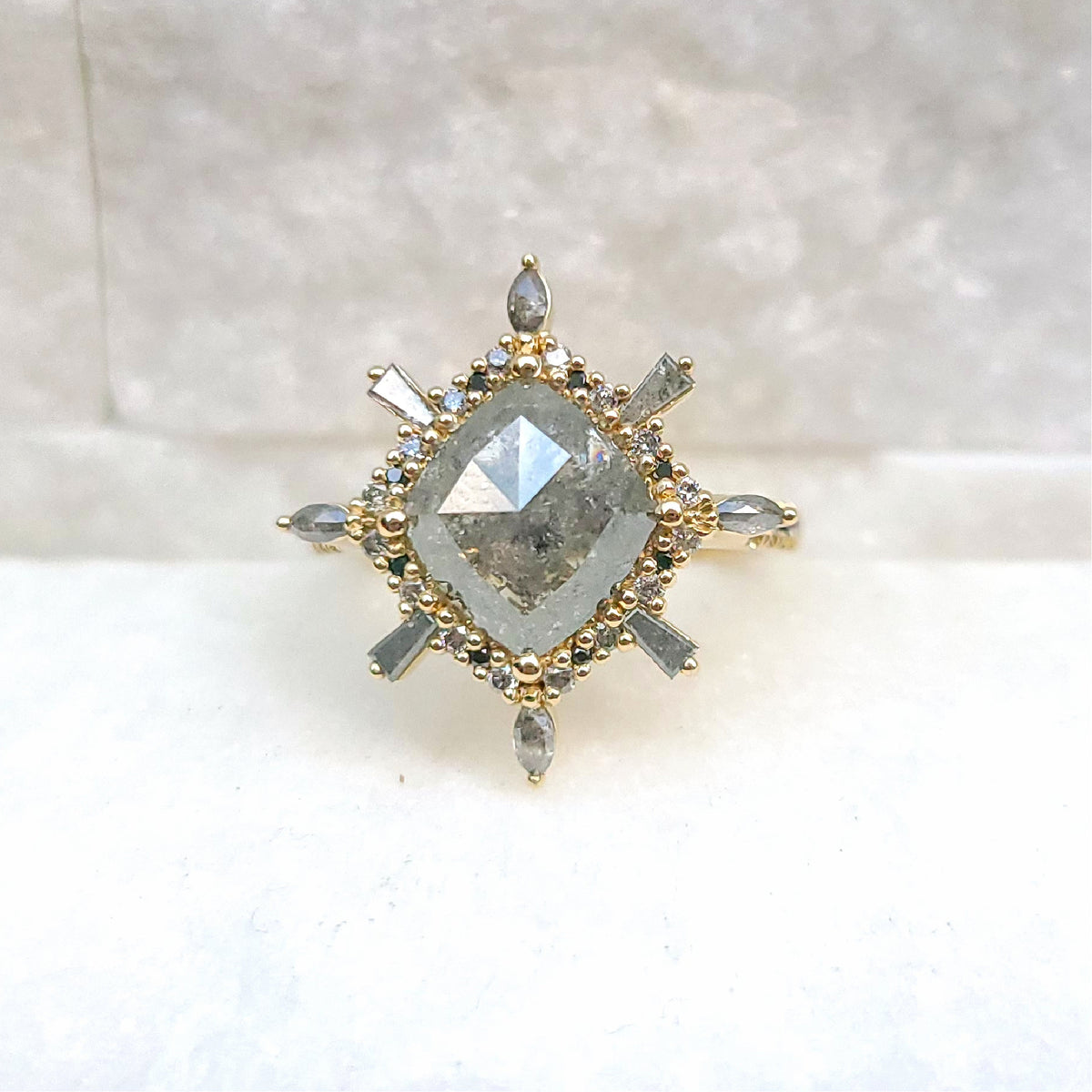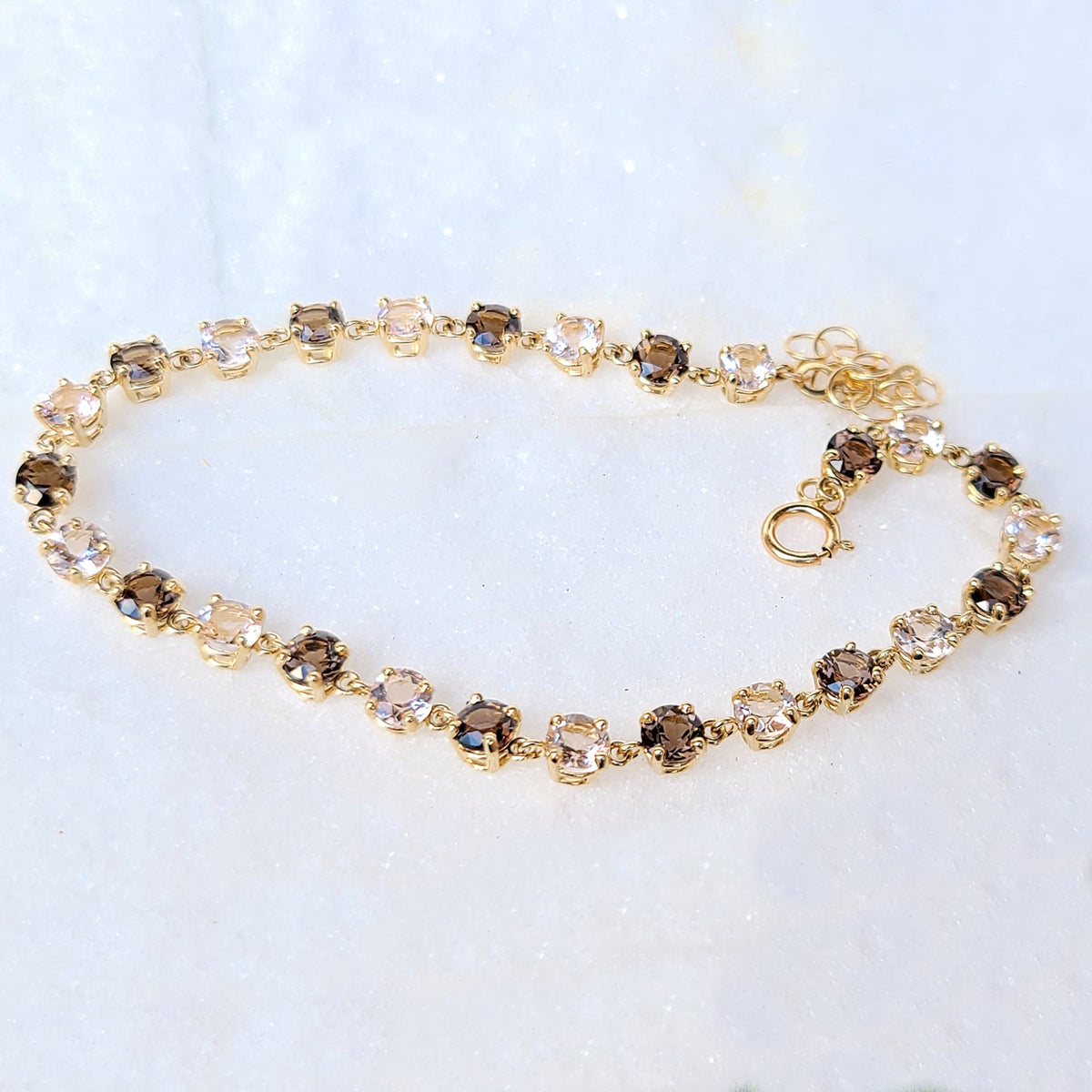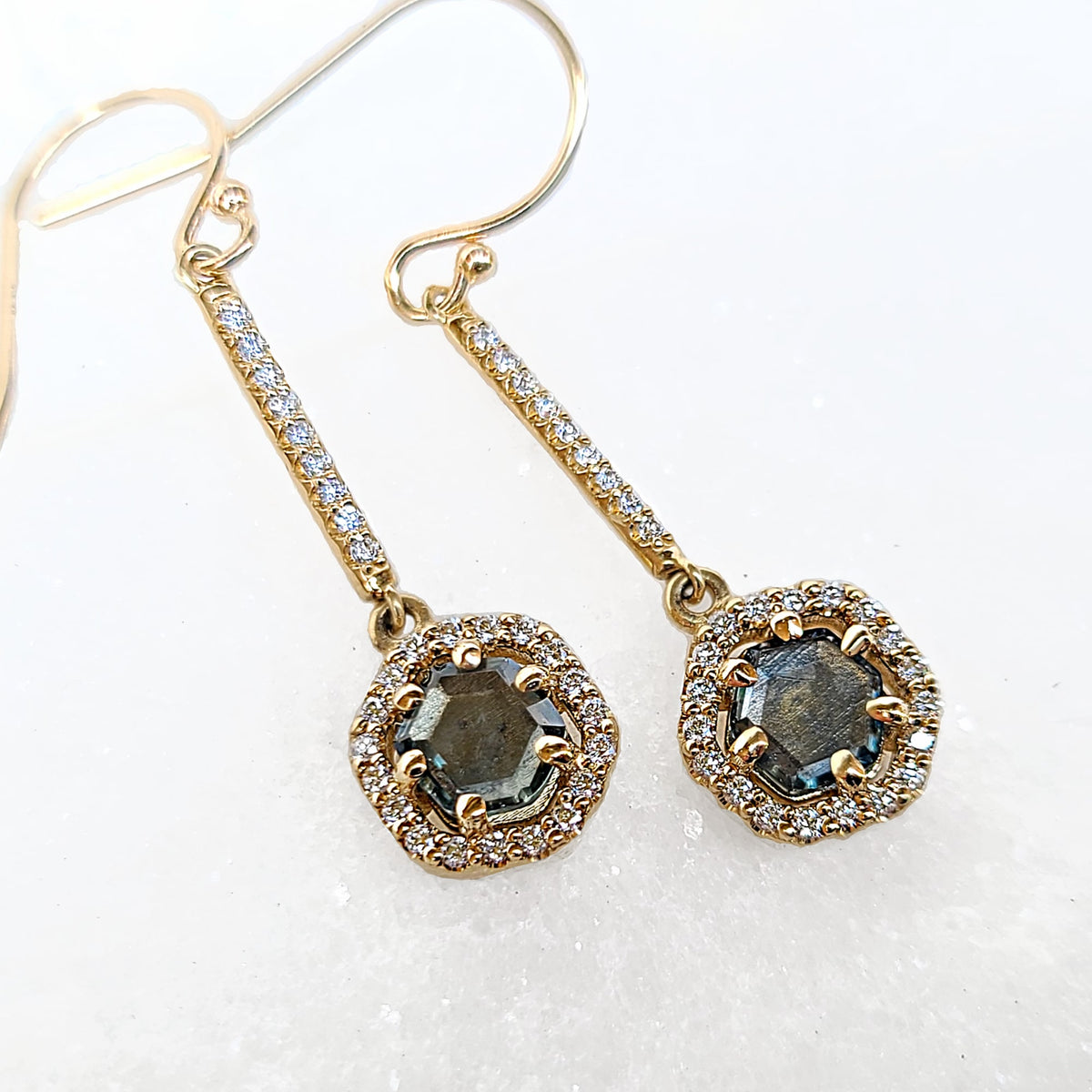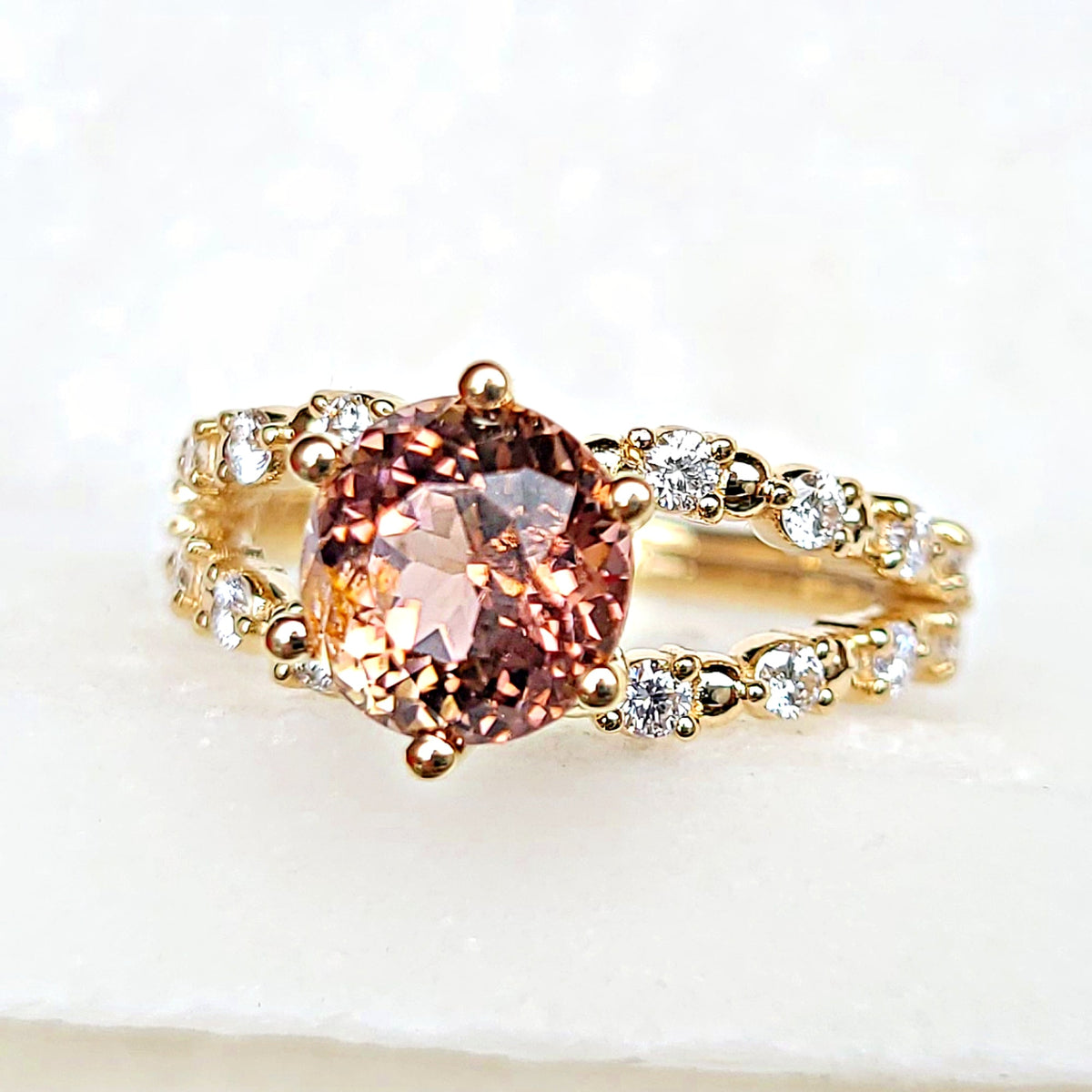PERIDOT, "THE EMERALD OF THE SUN"

Peridot, commonly known as "The Emerald of the Sun," is an enthralling gemstone that has a particular place in the hearts of individuals born in August. For generations, people have been attracted by its brilliant green hue, which is suggestive of lush meadows and sunny woodlands. We'll dig into the fascinating world of peridot and learn surprising facts about this one-of-a-kind stone.
Peridot is not just beautiful; it also has some intriguing stories and facts associated with it. Peridot was traditionally supposed to be mined exclusively at night since the gemstone would become undetectable in daytime. This misconception is most likely due to the fact that the stone is best seen in natural light, when its beautiful green tint is more noticeable.
Peridot is noteworthy because it is the birthstone given in the month of August. Those born in this month are said to have good luck, wealth, and happiness. It was supposed to have the ability to defend against bad spirits and provide its wearer with success and good fortune in ancient times.
Wearing this birthstone can also help you tap into the energy and traits connected with August. August is a month of plenty, growth, and vigor, and the brilliant green hue of peridot represents these attributes. It acts as a reminder to welcome new chances and challenges and cultivate our own personal growth and well-being.


Peridot has a long and illustrious history. It is believed to have been mined as early as 1500 BC on the Egyptian island of Zabargad. Peridot is sometimes referred to as the "Emerald of the sun" due to its golden-green tint. The crystals were thought to be the petrified tears of the sun deity Ra by the ancient Egyptians, therefore it was considered to have been produced from sunlight. In Hawaiian tradition, the stone is associated with the goddess Pele, the goddess of fire and volcanoes. Peridot is supposed to represent Pele's tears, formed by the volcanic eruptions that formed the Hawaiian Islands. It is believed that anyone who wears it will be healed and protected. Peridot is frequently connected with prosperity, abundance, and good fortune. Its brilliant green tone is supposed to symbolize growth, rejuvenation, and vigor.
Peridot is a gemstone form of the mineral olivine. It is one of the few jewels that only occurs in one hue - an intense green. The shade of the green's brightness can range from mild yellow-green to a deep, rich green. The most precious peridot gemstones are bright green with no undertones of brown or yellow. It has a Mohs hardness of 6.5 to 7, making it moderately durable and acceptable for everyday use. It is clear to translucent and has a vitreous sheen. The gem forms deep below the Earth's mantle and rises to the surface via volcanic activity.
Throughout history, peridot has been used to decorate the jewels of royalty and the wealthy. The 192.75-carat "Evening Star," which is in the Smithsonian's gemstone collection, is one of the most renowned peridot gemstones. This stunning gemstone displays it's extraordinary beauty and brightness. The "Peridot Tiara," worn by Queen Elizabeth II of England, is another well-known peridot gemstone. This magnificent tiara comprises peridot gemstones set in a delicate and complex pattern, signifying the British monarchy's grace. The stone's vivid green hue makes it a versatile gemstone that can be used in a variety of jewelry designs. It can lend an aura of earthy elegance and appeal to any piece of jewelry, whether it's a traditional solitaire ring, a dainty pendant, or a striking necklace. The stone is frequently matched with yellow gold, which enhances its warm green hue. It can, however, be set in white gold or silver for a more modern design. When paired with other gemstones such as diamonds, amethysts, or sapphires, it creates a striking jewelry creation.






